2019 SMART Calgary
March 19, 2019
SMART Remediation talks have focused on innovative technologies for remediating contaminated sites, approaches for site characterization, project case studies, regulatory and industry perspectives, and other related topics.

The 26th SMART Remediation conference was held in Calgary on Tuesday, March 19th, 2019. Details on the speakers and presentations are provided below.
Speakers
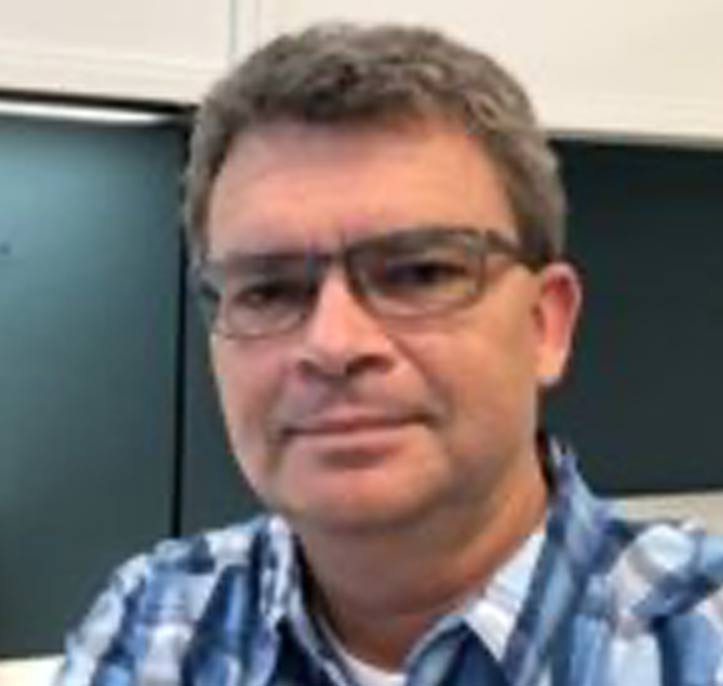
Chet Clarke,
Shell Global Solutions (US), Inc.
An Industry Perspective: Enabling Effective Contaminated Land Management
- Bio |
- Abstract
- | Presentation
Chet Clarke
Shell (2013 -present). Senior Hydrogeologist, responsible for providing technical assurance to US and Canada downstream soil and groundwater (SGW) assessment & remediation projects, and served as the global function leader for SGW advocacy for the Shell Projects & Technology SGW team. AMEC Earth & Environment (2006 to 2013). Principal Hydrogeologist and manager for the Austin environmental staff and responsible for business development, and management of a portfolio of SGW assessment & remediation and uranium mine permitting projects. Texas Commission on Environmental Quality, Remediation Division (1988-2006). Developed two Risk-Based Corrective Action regulations and associated guidance, provided RBCA training to regulatory staff and environmental professionals, held first line and second line manager roles, and managed a portfolio SGW assessment & remediation projects. University of Texas at Arlington, B.S. Geology Montana State University, M.S. Earth Science (Hydrogeology Option)
An Industry Perspective: Enabling Effective Contaminated Land Management
Contaminated land is an important societal and environmental reality in Alberta and around the globe and is deserving of responsible management. Responsible contaminated land management achieves protection of human health and the environment. Effective contaminated land management achieves such responsible endpoints by proactive stakeholders equipped with smart, risk-based, timely and sustainable alternatives. The challenge is approaching contaminated land management in a way that encourages proactive and voluntary stakeholder engagement, achieves or safeguards protection of human health and the environment, and promotes active and productive use of those contaminated lands. For decades Shell has responsibly managed contaminated lands around the globe, but often without opportunity to use more sustainable approaches and the effort expended exceeded derived risk reduction benefits. As regulatory programs developed, environmental expertise improved, and business necessity dictated, various innovative contaminated land management frameworks to balance societal, economic and environmental benefit and sustainability have emerged globally. The industry contributed to their development and has managed contaminated land under such frameworks. This industry perspective is presented to highlight and discuss some of these efforts to encourage broad stakeholder support, eliminate redundancy and focus limited resources on situations posing greatest risk, provide options for long-term liability management, and to collaborate (regulatory, stakeholder, industry) on regulatory development or reform that encourages productive use of contaminated lands.
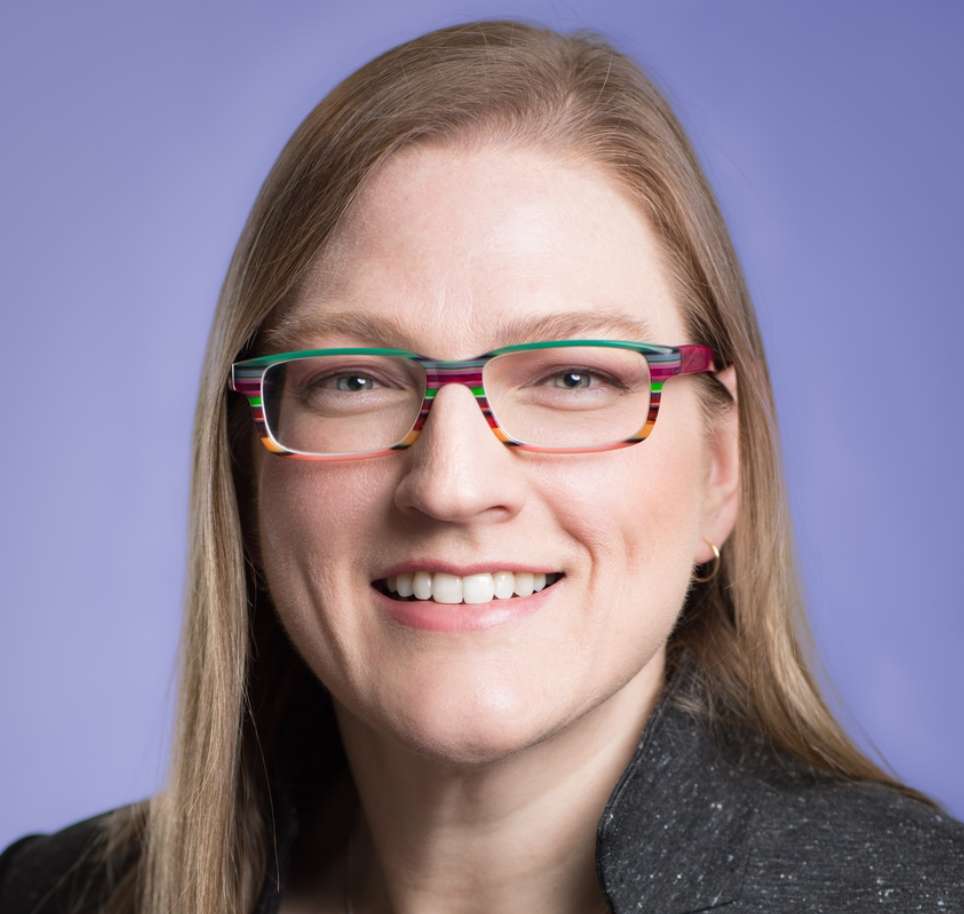
Jacquelyn Stevens,
Willms & Shier Environmental Lawyers LLP
Environmental Prosecutions – Latest Cases and Defence Strategies
- Bio |
- Abstract
- | Presentation
Jacquelyn Stevens
Jacquelyn Stevens has significant expertise representing a wide range of clients in environmental civil litigation, defence of prosecutions by environmental regulators, and on administrative appeals. Jacquie also provides effective advice and solutions for environmental due diligence and compliance, brownfields/contaminated site remediation, and environmental approvals for air, odour, noise and waste. Jacquie appears before the Courts and administrative tribunals, including the Ontario Court of Appeal. Jacquie advises on cross-boundary migration of contamination and remediation options during civil litigation and has significant expertise litigating contamination issues at dry cleaning operations and gas stations. Jacquie defends clients against quasi-criminal environmental prosecutions by regulatory authorities, and appeals regulatory orders and approvals. Jacquie is the President of the Women’s Law Association of Ontario and a member of the CBA, OBA, PDAC and ESAA. In addition to her law degree, Jacquie has a B.Sc. in Earth Sciences from Dalhousie University, a Master of Science in Geology from St. Francis Xavier University, and a Master of Studies in Environmental Law from Vermont Law School. Jacquie is called to the bar in Alberta and Ontario.
Environmental Prosecutions – Latest Cases and Defence Strategies
Environmental regulators across the country are seeking higher fines, more onerous plea deals, and in egregious cases, jail time. Owners, operators, corporate directors/officers and even consultants are being charged. Willms & Shier Environmental Lawyers will provide an update on the latest environmental prosecution cases across Canada and discuss ways to prevent and defend against environmental charges. This session will focus on key issues including: • investigations, search warrants, and document production • strategies for defending environmental prosecutions, and • implications arising from conviction.
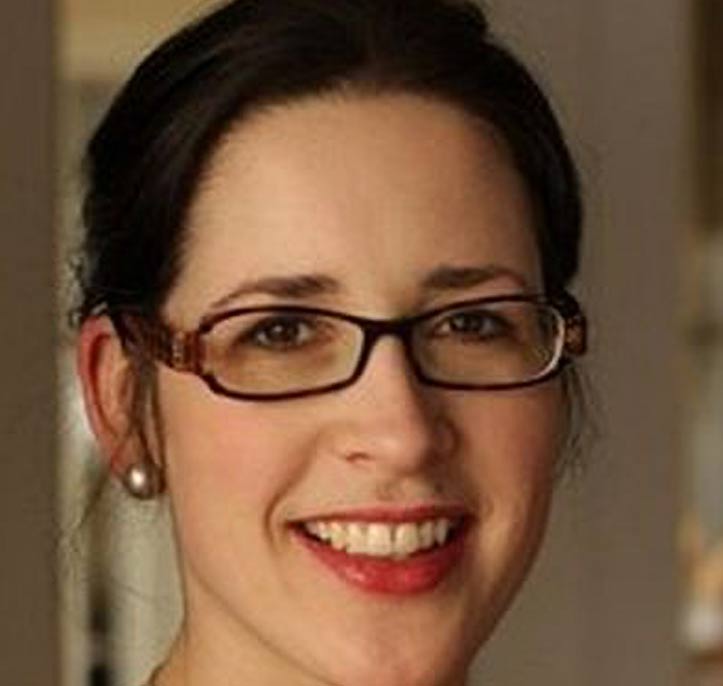
Katrine Nielsen,
Berkley Canada
Managing Real Estate (re)Development Risk & Environmental Insurance
- Bio |
- Abstract
- | Presentation
Katrine Nielsen
Katrine Nielsen is an AVP of environmental underwriting at Berkley Canada, a niche specialty insurance carrier, where she focuses on delivering creative and technical solutions to a wide range of client-specific risk transfer needs. Katrine joined Berkley Environmental 4 years ago and has been a key contributor to the launch of the department. Prior to joining Berkley, Katrine spent 15 years working for large multi-national environmental insurers as well as an environmental consulting firm specializing in the petrochemical industry. Katrine began her career with a diploma in environmental engineering technology from Georgian College and a Bachelor of Environmental Science from Royal Roads University.
Managing Real Estate (re)Development Risk & Environmental Insurance
• Overview of Environmental Insurance and the Canadian real estate marketplace over the past 10 years (i.e., observed losses and trends).
• Overview of Fixed Site Environmental Insurance
• What is required to get a policy?
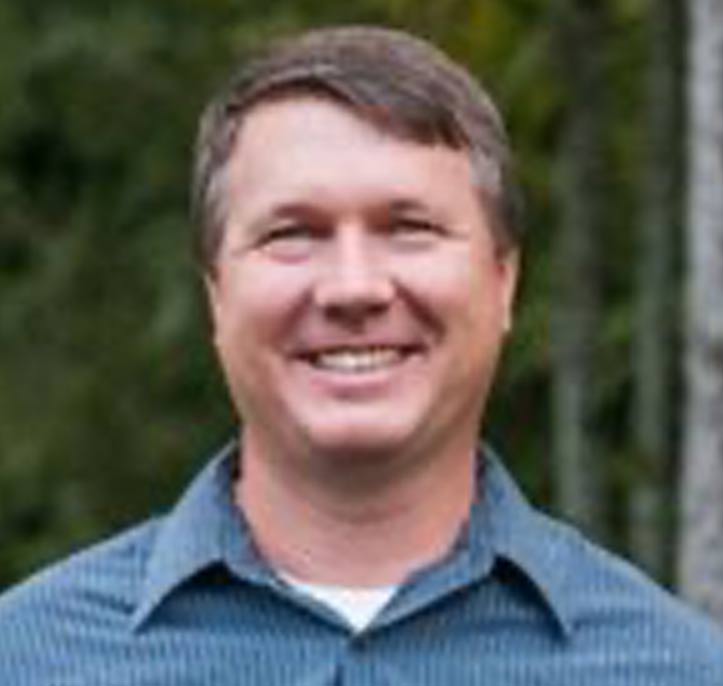
Joe Ricker,
EarthCon Consultants, Inc.
Plume Stability Analysis and other Groundwater Analytics Tools for Evaluating Petroleum Bulk Terminal Sites
Joe Ricker
For more than 24 years, Mr. Ricker has helped clients optimize a wide range of remediation solutions associated with past and present environmental liabilities under various regulatory programs in more than 30 states, as well as multiple remediation sites in Canada and Brazil. He brings a unique perspective to complex interdisciplinary projects and has managed remedial investigation and design projects involving a wide range of chemicals including petroleum hydrocarbons, pesticides, herbicides, wood-treating chemicals, solvents, and PCBs in soils, sediment, groundwater and air. Mr. Ricker is a licensed Professional Engineer in 24 states. He received a B.S. in Civil Engineering from Rose-Hulman Institute of Technology and a M.S. in Civil Engineering from the University of Memphis.
Plume Stability Analysis and other Groundwater Analytics Tools for Evaluating Petroleum Bulk Terminal Sites
Converting numerical groundwater environmental data into unique, but easy to understand, visual graphics using statistics and mathematics is what we call “Groundwater Plume Analytics®”. Groundwater Plume Analytics® is an innovative evaluation technique to reliably and effectively communicate meaningful patterns in groundwater data and relies primarily on graphical displays to communicate valuable insight into groundwater plume behavior which leads to better site management decisions, from both a technical and financial perspective. The Ricker Method® is an example of a unique Plume Analytics® method of evaluating plume stability that overcomes limitations posed by conventional well-by-well analysis techniques. Outputs from the Ricker Method® can be used as a basis for primary analysis and other plume diagnostic tools that allow the user to further evaluate and communicate groundwater plume dynamics. Some of these innovative tools include: Remediation System Benefit Analysis (RSBA®), Spatial Change Indicator™ (SCI) analysis, and Well Sufficiency Analysis™. These tools have been successfully used as a basis for the cessation of remediation systems, evaluation of remediation progress, identification of potential unrealized source areas, providing additional lines of evidence for natural attenuation; and site closures. Examples of the use of Groundwater Plume Analytics® tools for evaluating petroleum bulk terminal sites will be presented.
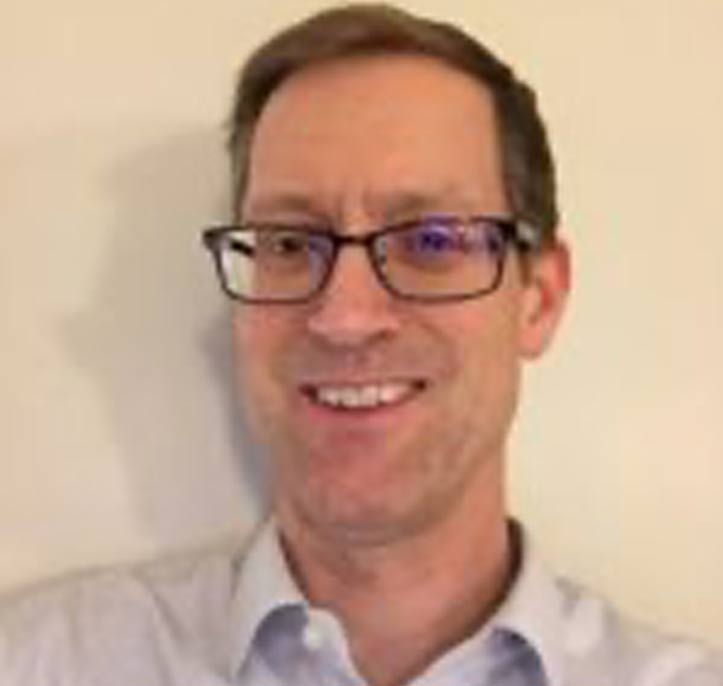
Chuck Jochems,
Hemmera
Use of Forensics for Assessing Contamination from multiple Potential Sources ‐ A Case Study
- Bio |
- Abstract
- | Presentation
Chuck Jochems
Chuck Jochems is an Environmental Engineer and Standards Assessment Approved Professional with the CSAP Society of British Columbia. He has over 26 years of consulting experience conducting, managing, and reviewing environmental site assessments, remediation projects, and risk assessments. He has been an Approved Professional for 15 years in BC. Chuck has been a Practice Leader in Investigation and Remediation for Site Assessment and Remediation at Hemmera in Vancouver for the past 5 years.
Use of Forensics for Assessing Contamination from multiple Potential Sources ‐ A Case Study
Forensic investigators often encounter mixtures when dealing with source and spill investigations. Changes in the mixture can occur as a result of environmental weathering, e.g. evaporation, biodegradation, evaporation, water washing, etc. This can present challenges to the investigator who is commissioned to find the source of the spill material. We report on an investigation where the source material was a mixture of heating oil and gasoline. Although the source was largely surmised because of more recent spill reporting (i.e. last 5 years), the investigation was complicated by the fact that the spill site was located on a former refinery site which had been decommissioned long before environmental regulations existed (70 years prior). The challenge was to determine whether spill material found in various monitoring wells was related to the reported spill or the former refinery site. We collected samples of LNAPL as well as water samples and analyzed for a suite of petroleum biomarkers suited to light petroleum products. Weathering plots were created to determine which petroleum biomarkers would be reliable at making source and sample comparisons. We present our findings and conclusions and underscore the need to determine the weathering characteristics of the data you intend to use for sample and source comparisons.
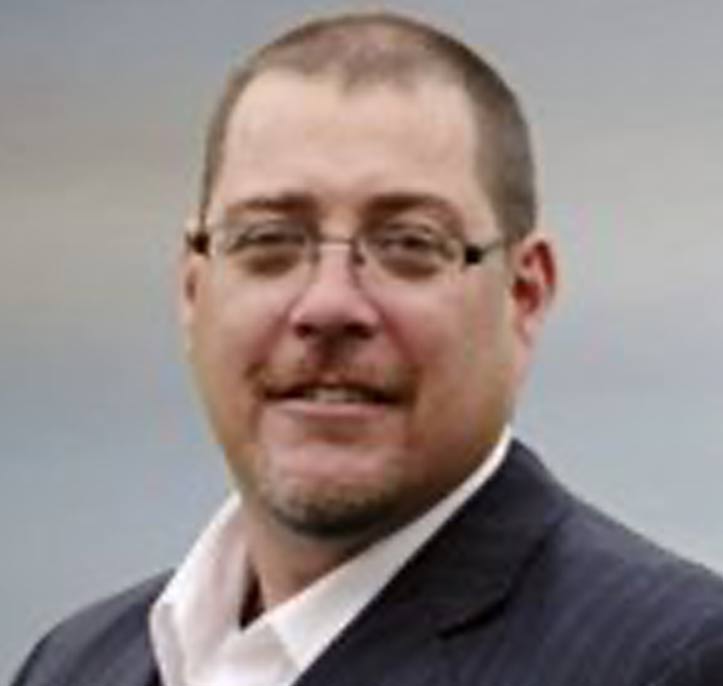
Grant Walsom,
XCG
Switching it Up: From Long term Pump-and-Treat to Insitu Chemical Oxidation for 1,4-Dioxane in Groundwater Remediation (2019 Update)
- Bio |
- Abstract
- | Presentation
Grant Walsom
A senior remediation engineer with over 24 years of experience. He is a Partner at XCG Consulting Limited and leads the Remediation and Risk Assessment Business Unit. Mr. Walsom is a Professional Engineer registered in Ontario, Nova Scotia, and Alberta, and a registered Consulting Engineer in Ontario. In addition, Mr. Walsom is a Qualified Person as defined by the Ontario Regulation 153/04. Mr. Walsom’s expertise has included Phase I and II Environmental Site Assessments (ESAs), Site Remediation, and Environmental Compliance Audits (for both external and pre-acquisition purposes). He has completed numerous Brownfield redevelopments and soil and groundwater remediation projects with virtually all contaminant sources, including metals, polychlorinated biphenyls (PCBs), petroleum hydrocarbons (PHCs), chlorinated solvents and volatile organic compounds (VOCs), and polycyclic aromatic hydrocarbons (PAHs) (including coal tar). Mr. Walsom currently is the Chair of the Board of Directors for the Ontario Environment Industry Association (ONEIA) and is the co-Chair for the Excess Soils Working Group. Mr. Walsom also serves on the Board of Directors for the Canadian Brownfield Network (CBN) as President. He was proudly named the 2015 “Brownfielder of the Year” by the Canadian Urban Institute. He enjoys participating in speaking engagements and presentations regarding site remediation case-studies, Brownfield redevelopment and excess soil management. He is currently representing ONEIA in the Ministry of the Environment and Climate Change Excess Soils Engagement Group for the implementation of new excess soil management rules and regulations in Ontario.
Switching it Up: From Long term Pump-and-Treat to Insitu Chemical Oxidation for 1,4-Dioxane in Groundwater Remediation (2019 Update)
After over 15 years of hydraulic containment and pump-and-treat using an advanced photo-catalytic oxidation system, re-evaluation of available technologies for remediation of a 1,4-dioxane plume has occurred for a historical industrial site in southwestern Ontario. The move from a perpetually endless pump-and-treat system to an active chemical oxidation process has commenced with the emergence of new technologies and products for the active treatment of 1,4-dioxane. When the pump-and-treat system was designed and constructed, there were no other options for the treatment of 1,4-dioxane-impacted groundwater, and very few options for treatment of 1,1,1-trichloroethane (TCA) and 1,1-dichloroethylene (DCE) in groundwater. Since that time, in-situ chemical oxidation (ISCO) has emerged as a reliable and accepted method for groundwater remediation, and there are oxidants that have been developed and proven effective for the treatment of 1,4-dioxane (namely a persulphate oxidant). This presentation will discuss the history of the issue and decisions made in 2002, along with the new technology evaluation and selection process that was implemented in 2018. A cost analyses of the project for the past 20 years and predictions of remediation closure will also be included. Further, details of selection of persulphate liquid injections for source treatment and persulphate-based sustained-release cylinders in the plume fringes and downgradient polishing with initial findings of effectiveness through analytical data will also be presented.

Jean Paré,
Chemco inc.
Solutions for Complex Sites: Combining In Situ Stabilization/Solidification & In Situ Chemical Oxidation
- Bio |
- Abstract
- | Presentation
Jean Paré
Jean Pare, P.Eng., has a degree in Chemical Engineering from Laval University. He has been involved for the last 22 years in the evaluation, development, design, and promotion of both conventional and innovative environmental technologies. As Vice President with Chemco Inc., his responsibilities include the remediation design, technico-economical analysis and technology supply for chemical oxidation and reduction, soil washing, and enhanced bio-remediation. Last year, he worked with over 400 sites applying his expertise to various types of organic and inorganic contaminants in soil and groundwater. He is also involved with many environmental organizations such as CLRA, CBN, ESAA, BCEIA and Reseau-Environnement where he is an active technical committee member and regular technical speaker.
Solutions for Complex Sites: Combining In Situ Stabilization/Solidification & In Situ Chemical Oxidation
In situ solidification/stabilization (ISS) has been used at many manufactured gas plant (MGP), brownfield, and Superfund sites. ISS mixes cementitious reagents with contaminated soils reducing the bioavailability and leachability of contaminants. ISS can also be optimized to control certain ll soil characteristics, such as compressive soil strength and reduce hydraulic conductivity. Various reagents are used to promote ISS including Portland cement, blast furnace slag, lime kiln dust, etc. Several of these reagents contain calcium oxide (CaO), also known as quick lime. For example, Portland cement (PC) consists of 60% to 68% CaO by weight. ISS is often applied at highly contaminated petroleum hydrocarbon sites decreasing the leachability of BTEX, naphthalene (NAP) and other organic contaminant in soil. Cementation reactions also decrease hydraulic conductivity (K), which diverts groundwater flow away from the solidified/stabilized soil. ISS treatment also increases unconfined compressive strength (UCS), often critical for redevelopment. However, high concentrations of organic contaminant can interfere with cementation reactions requiring excessive application of amendments increasing both amendment and disposal costs of the displaced soil. This ISS limitation can be minimized by utilizing a combined remedy approach like In Situ Chemical Oxidation to degrade some of the organic contaminants present. ISCO combined with ISS has been found to be able to achieve the same or better leachability and compressive soil strength values with less overall reagent addition and displaced soils. Combining one or more remediation technology generates synergies by exploiting the strengths and minimizing the weak- nesses inherent in individual technologies. When successful, combining remedies enhances performance and/or reduces costs compared to each technology used alone. Approach/Activities. This presentation will review the advantages and limitations of using the combined ISCO/ISS remedy on a contaminated soil from different petroleum hydrocarbon sites.. The presentation will review current literature and explore both bench and field data demonstrating the successes of ISCO-ISS as a combined remedy. The objectives of this study generated by Srivastava et al. were to quantify (1) the ability of a wide range of doses of ISS-activated SP to degrade BTEX and PAH (2) the impact of BTEX and PAH removal from chemical oxidation during ISCO/ISS treatment on synthetic precipitation leaching procedure (SPLP) measurements, compared with a wide range of ISS doses alone (3) the effect of activated PS on other ISS performance parameters, such as hydraulic conductivity and unconfined compressive strength Results/Lessons Learned. Activated SP chemically oxidized a significant portion of the COCs for all the ISCO/ISS treatments, and the mass of COCs oxidized increased with increasing SP dose. The lowest molecular weight contaminants were preferentially oxidized. For the same PC dose, combined ISCO/ISS treatment was more far effective in reducing contaminant leachability than ISS treatment alone, because of the COC removal achieved by the ISCO (activated SP) component.

Darlene Hoogenes-Stastny,
ALS Global
Fenceline Monitoring (EPA 325), LDAR* & Fugitive Emissions: technology vs cost efficiency
- Bio |
- Abstract
- | Presentation
Darlene Hoogenes-Stastny
Having graduated from the well-respected Fanshawe Environmental Technology program in 1992, Darlene has been working in the environmental industry for over 25 years. Her laboratory experience spans waters, soils and in the last 5 years has come to include tissue and air. Initially working in the lab (sample shipping/receiving, microbiology, SF6 testing) and from there progressing to customer service and account management, Darlene is now the ALS Canada technical resource for the Air Quality Testing group. Her early career experience includes 7 years in health care (geriatrics), 3 years in the automotive industry, as well as 2 years in environmental compliance. She is a member of OOWA (Ontario On-Site Wastewater Association), OMA (Ontario Mining Association), an associate member of AWMA (Air & Waste Management Association), and a CET (certified environmental technologist). Her interests include spending time with family, horseback riding, travel, and she is a vocalist in a music group as well as a member of a Dutch language community theatre group.
Fenceline Monitoring (EPA 325), LDAR* & Fugitive Emissions: technology vs cost efficiency
Fenceline Monitoring (EPA 325), LDAR* & Fugitive Emissions: technology vs cost efficiency Fenceline Monitoring for Benzene & Other VOCs Overview of passive fence-line monitoring program (based on EPA 325) and requirements for LDAR programs with respect to fugitive emissions (background/origin – EXXON in the US ) including information on analyzing for VOCs using passive thermal desorption tubes (Carbo Pak X). Summary of some of the historical data from 2016-2018 for benzene from facilities monitoring in the Chemical Valley (Sarnia, ON). https://www.suncor.com/about-us/refining/sarnia-refinery https://www.shell.ca/en_ca/about-us/projects-and-sites/sarnia-manufacturing-centre.html https://iolfencelinemonitoring.ca/en/Sarnia https://www.ineos-styrolution.com/portal/zh_CN/environmental-compliance Various options for monitoring fugitive emissions will be outlined, including advantages and limitations of various techniques such as ambient air sampling with canisters vs active sampling with TD tubes. Short review of what was done in the past vs. current practices. Update on the Regulations Respecting Reduction in the Release of Volatile Organic Compounds (Petroleum Sector)- promulgation of this regulation is planned for June 2019. This promulgation will expand the current provincial program (ON) to a Federal Regulation and will include 26 facilities across Canada. Other Air Sampling Options: Canisters vs Tubes Silonite coated canisters: 1L, 1.4L and 6L can be utilized for air sampling including: soil gas/soil vapour, ambient air, indoor air. For ease of use canisters usually are selected over other sampling media when sampling for VOC’s, however each type of media offers superior data for specific circumstances. It is critical when requesting air sampling equipment to provide sufficient information regarding the sampling event(s): -What type of air is being sampled? -What is the length of time being sampled? -What criteria need to be met? Thermal Desorption (TD) Tubes : active and passive sampling : SVI tubes are used in active sampling (soil vapour intrusion) to analyze for VOC’s (TO-17). TD tubes contain 3 types of media: weak, medium, and strong adsorbent, and these are thermally desorbed. Tubes can be reused; the process of desorbing “strips” the tube of all collected VOC’s and an additional thermal cleaning process, followed by proofing (analysis of cleaned tubes), insures that the tubes are clean for re-use. Passive sampling using single media Carbopak X TD tubes and following the EPA 325 method allows for continuous sample collection, providing results for up to 25 VOC compounds and is a cost effective technique that aids in LDAR (leak detection and repair) at petrochemical facilities. TD tubes are also used for other types of testing including 4-PCH: a compound used for evaluation of LEED certification, and Siloxanes : compounds known to be hazardous to equipment in landfill, wastewater treatment, and energy-from-waste operations. *LDAR – Leak Detection and Repair
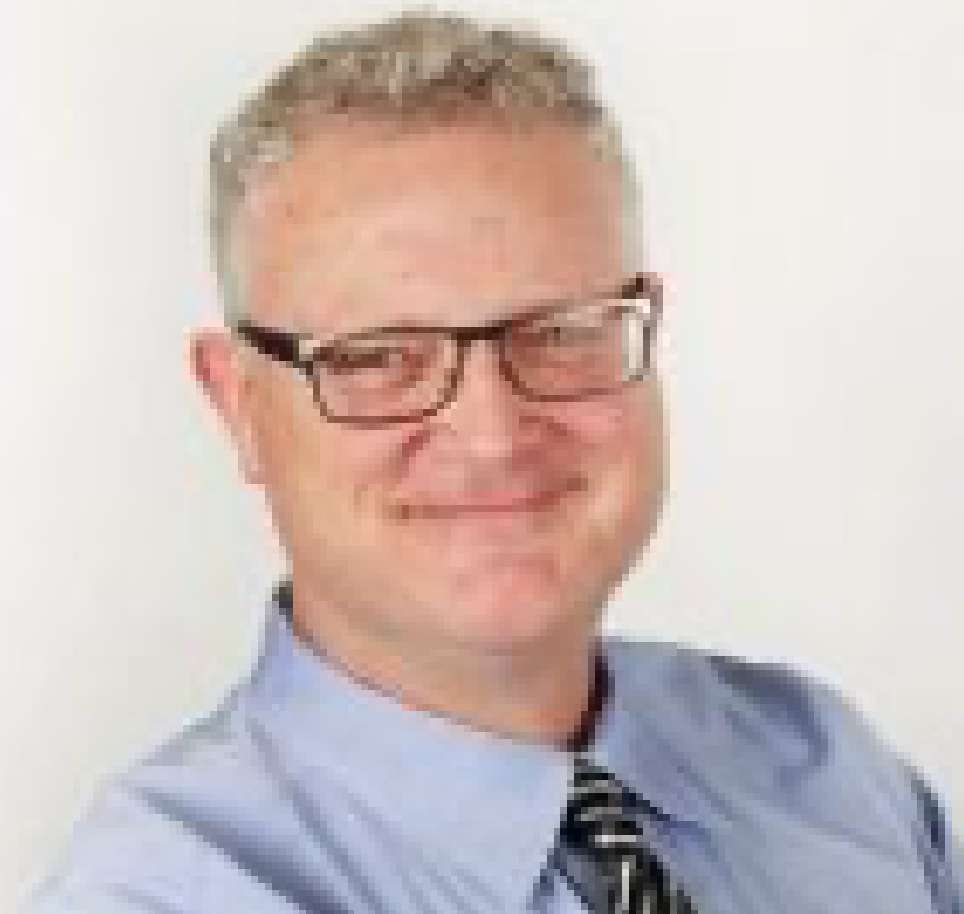
Kevin French,
Vertex Environmental
Remediation of Petroleum Hydrocarbons, Case Studies Using the Trap and Treat Technique
- Bio |
- Abstract
- | Presentation
Kevin French
Mr. French is Vice President of Vertex and has over 30 years of experience and expertise in environmental engineering, specializing in site assessment and remediation. Kevin has been involved in the design and implementation of remediation programs across Canada involving PRBs, carbon adsorption, in-situ chemical oxidation and reduction, aerobic and anaerobic biodegradation, etc. in soil, groundwater and bedrock for a variety of contaminants, including petroleum hydrocarbons, chlorinated solvents and other compounds. He holds a Bachelor’s degree in Engineering from the University of Waterloo, is a Professional Engineer and a Qualified Person in Ontario, and frequently presents on environmental site assessment and remediation at conferences and seminars across Canada.
Remediation of Petroleum Hydrocarbons, Case Studies Using the Trap and Treat Technique
Organic contaminants in groundwater, including Petroleum Hydrocarbons (PHCs) and other organic contaminants, often represent significant legacy environmental concerns at Brownfield and other contaminated sites. Soil is often quickly and easily remediated; however, relatively minor residuals of contamination remaining in the soil (or bedrock) matrix, even at concentrations below soil quality standards, can result in “rebound” of the compounds in groundwater to concentrations above actionable standards. This is due to the slow and steady back-diffusion of the organic contaminants out of the solid matrix over time. This phenomenon, combined with the orders of magnitude lower concentrations typically allowed in groundwater, is often problematic for site closure. Many common in-situ remedial technologies have significant limitations in addressing back-diffusion including: the requirement for multiple applications of amendments; effectiveness limited to specific contaminants and not others; low persistence; low efficiency; potential for generation of more toxic degradation products, etc. Most of these approaches also require relatively long timeframes to implement (months to years). In the past several years, Vertex has observed first-hand how injecting Activated Carbon (AC)-based amendments, such as Trap & Treat®, can be used to provide a quick, effective and sustained treatment for PHCs and other organic contaminants in a matter of weeks. Previously, the use of AC in the subsurface was limited due to the finite adsorptive capacity of the AC emplaced. New technologies allow for both adsorption and subsequent treatment of organic contaminants using efficient modalities. PHCs are treated via anaerobic biodegradation, which provides a more efficient and sustained treatment compared to aerobic biodegradation. As contaminants are degraded, adsorption sites on the AC once again become accessible to quickly adsorb more contamination from the groundwater, thus overcoming the back-diffusion challenge. Real-world, Canadian case studies of sites where these innovative in-situ remedial technologies have been applied will be presented and discussed, together with follow-up performance monitoring data. The use of these adsorptive technologies may allow more Brownfields and other contaminated sites to quickly be brought to closure, while minimizing long-term risks over contaminant “rebound”.